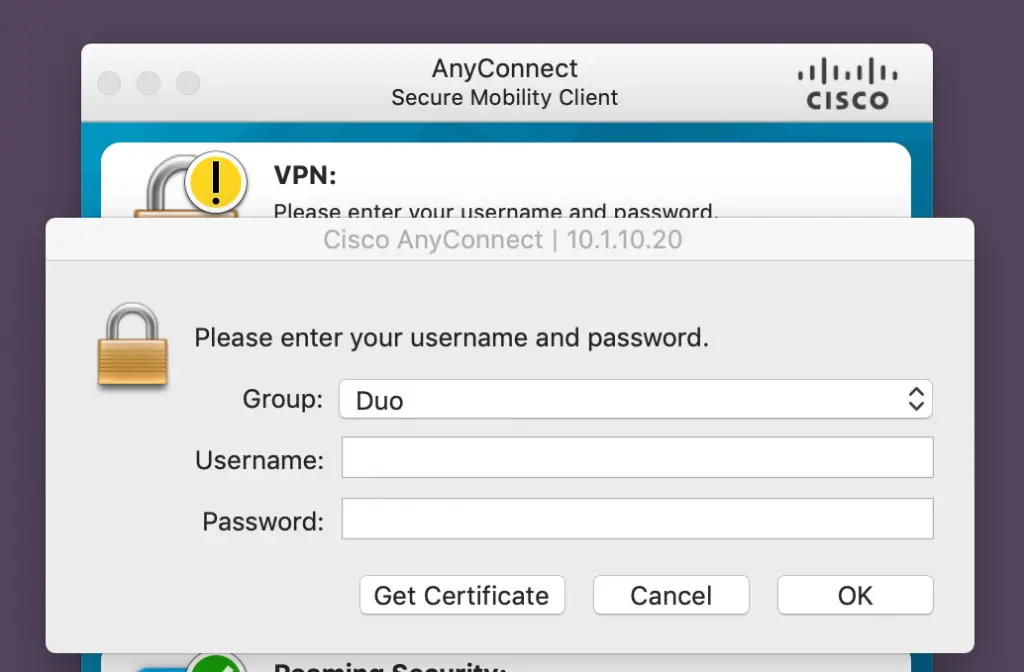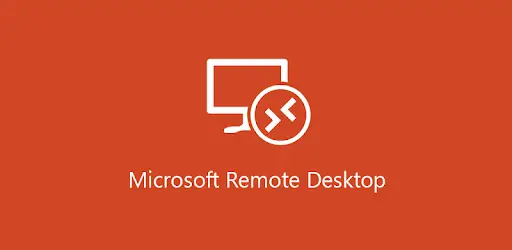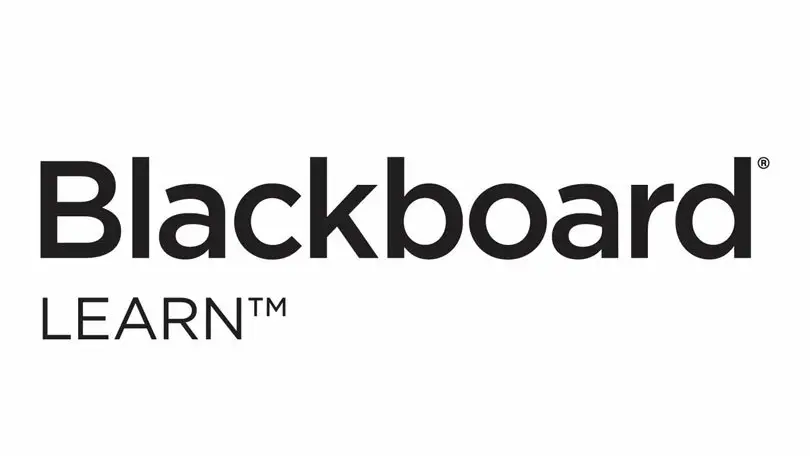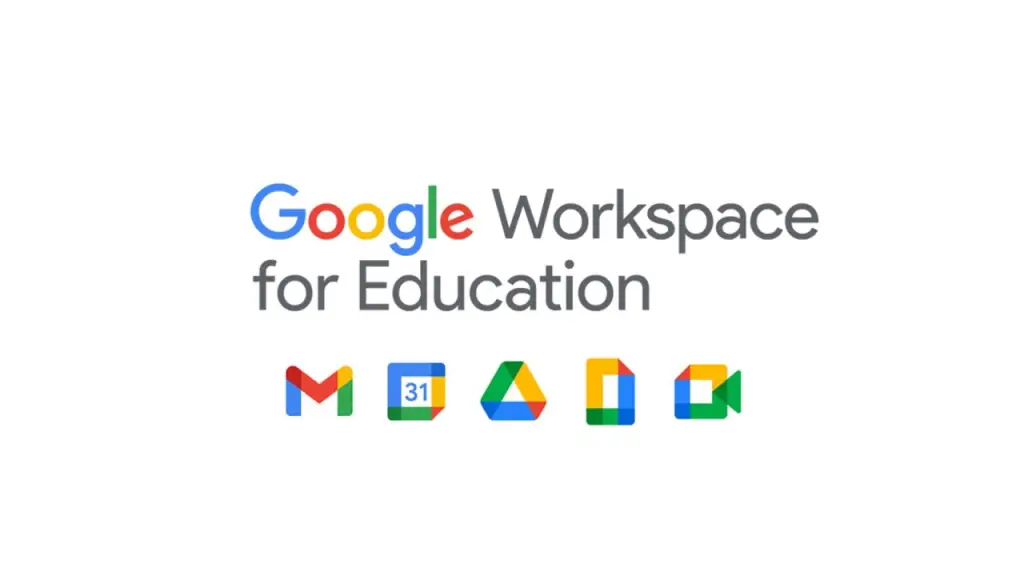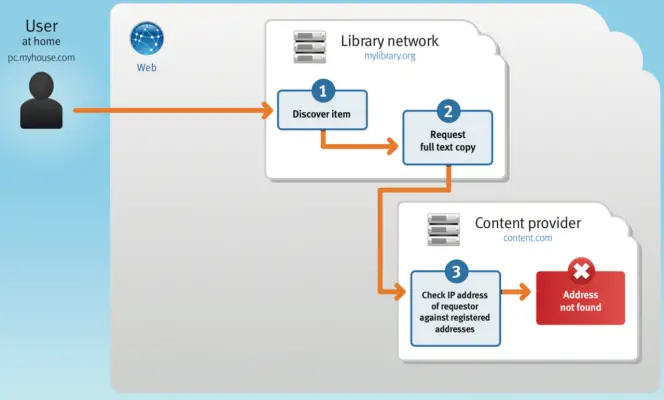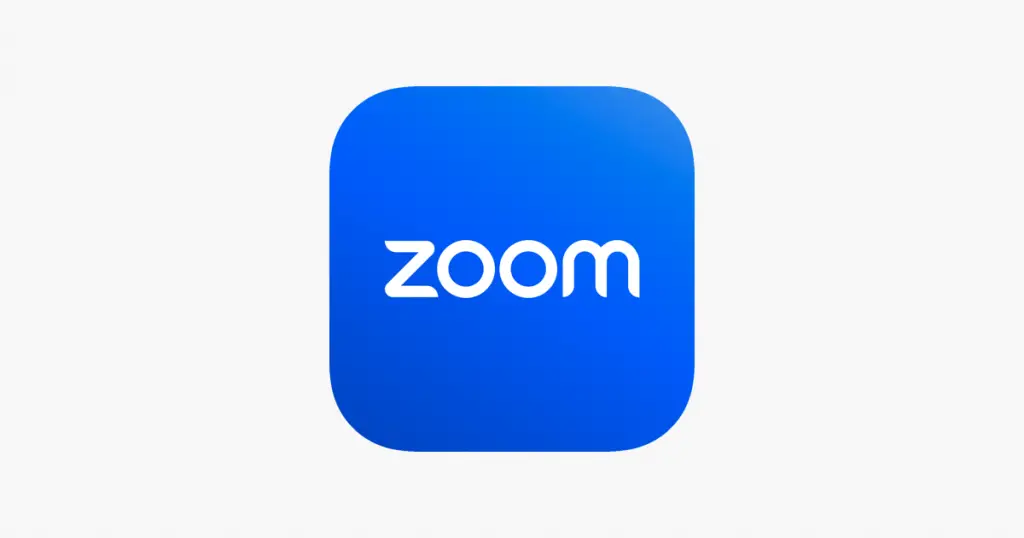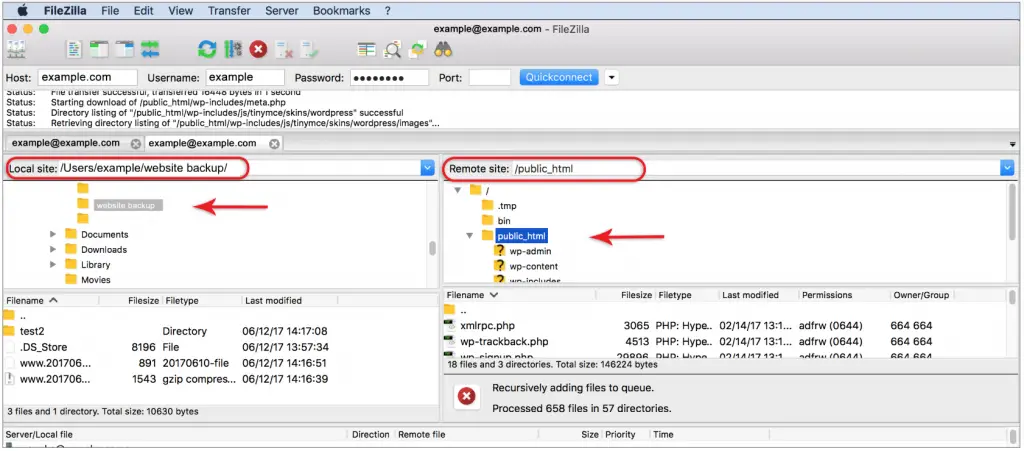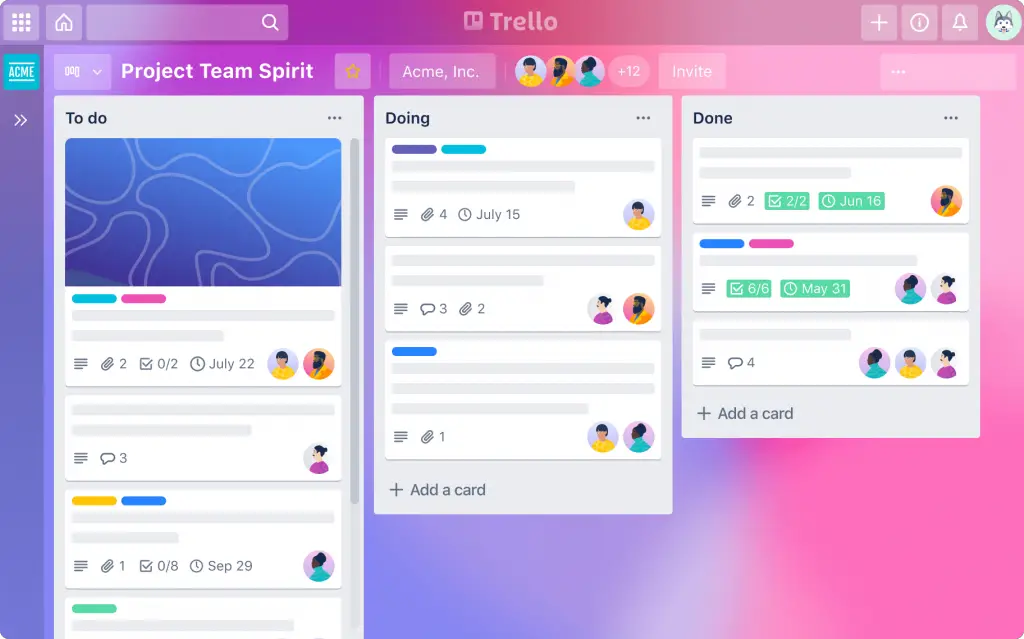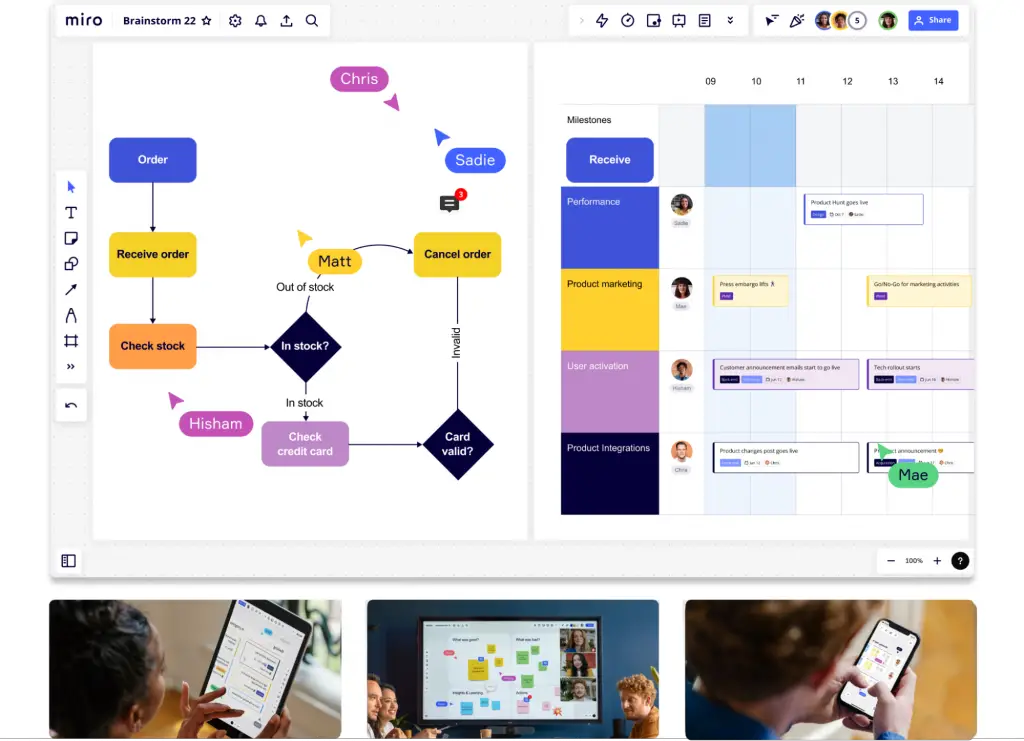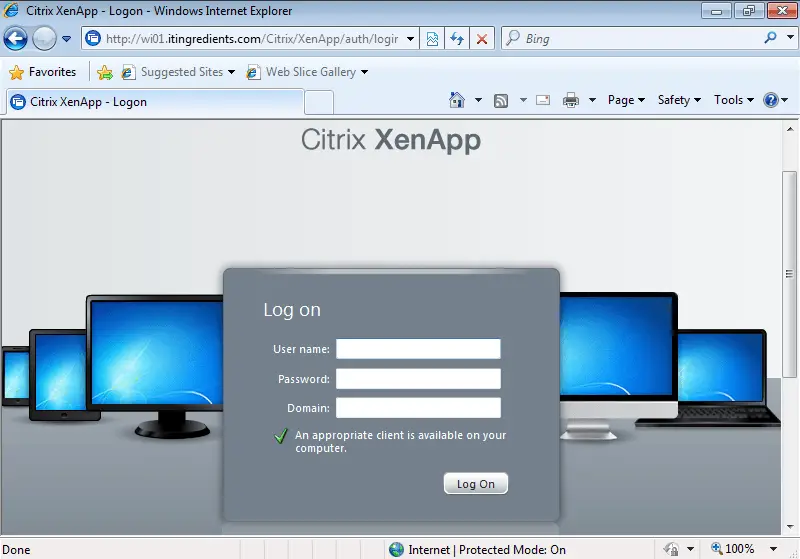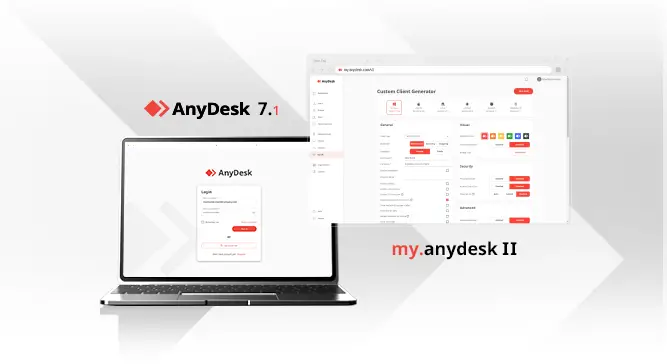Have you been struggling to remotely connect to your academic assets? Discover the Best Tools for Remote Access to University Resources today.
The contemporary academic environment necessitates remote access to university resources. Be it off-campus research, distant learning scenarios, or international collaborations, the need for reliable tools is paramount.
Fortunately, there exists a plethora of tools tailored to such needs, ensuring seamless access and effective functionality.
Table of Contents
Overview
Academic professionals and students benefit immensely from tools offering remote access to university resources. These tools facilitate research, learning, communication, and overall academic productivity.
In this article, we’ll delve deep into some of the best tools that enhance remote accessibility in academia. Let’s get started.
Best Tools for Remote Access to University Resources
#1. Cisco AnyConnect: Best for secure VPN access to university networks
Summary
- Secure VPN access
- Reliable connections
- Optimized for academic environments
Cisco AnyConnect stands out as a premier tool for virtual private network access. Tailored for academic requirements, it offers a robust connection to university networks, ensuring students and faculty can retrieve necessary resources seamlessly.
What are the benefits of Cisco AnyConnect?
- Enhanced Security: Ensures safe connections to sensitive data.
- Reliable Uptime: Less downtime and disruptions.
- User-friendly Interface: Quick to set up and simple to use.
Cisco AnyConnect is a commendable choice if you prioritize security and reliability. Its specialized design for academia guarantees secure and efficient access to university networks.
How much does it cost?
- Free version available
- Premium starts at $3.99 per year
Source: https://www.cisco.com
#2. Microsoft Remote Desktop: Best for remote computer access
Summary
- Remote access software
- Cross-platform support
- Seamless user experience
Microsoft Remote Desktop is instrumental if you need access to your academic PCs from afar. With compatibility across multiple devices, it bridges the gap between remote locations and academic resources housed in university systems.
What are the benefits of Microsoft Remote Desktop?
- High-quality Display: Retains visual clarity of resources.
- Multi-device Support: Access from tablets, phones, or other computers.
- Secure Connection: Built-in safety features for academic data protection.
Academics seeking effortless remote PC access will find Microsoft Remote Desktop indispensable. Its adaptability and security features elevate the remote learning and research experience.
How much does it cost?
- Free tool
Source: https://apps.microsoft.com
#3. Blackboard: Best for course management and communication
Summary
- Comprehensive course management
- Real-time communication tools
- Customizable user experience
With the evolution of e-learning, platforms like Blackboard have become paramount. It consolidates all essential components of course management, from content dissemination to grading assessments.
Furthermore, its in-built communication tools foster real-time interaction between educators and students, simulating the classroom environment in a virtual space.
What are the benefits of Blackboard?
- Centralized Learning Hub: All course materials in one location.
- Interactive Features: Forums, quizzes, and live chat options.
- Analytics Integration: Track student performance and course engagement.
Blackboard offers a holistic e-learning experience, integrating all essential academic elements. Its seamless course management and interactive features make it a must-have for modern academic institutions.
How much does it cost?
- $29 per month
Source: https://www.blackboard.com
#4. Google Workspace for Education: Best for academic collaboration and storage
Summary
- Collaborative document editing
- Generous cloud storage
- Integrated academic tools
Google Workspace for Education emerges as a cornerstone for academic collaboration. This platform provides a suite of tools tailored for both students and educators.
From real-time document collaborations on Docs to virtual presentations on Slides, it transforms the way academia communicates, collaborates, and stores essential data.
What are the benefits of Google Workspace for Education?
- Streamlined Collaboration: Multiple users can work on a single document.
- Enhanced Storage: Safely store academic data with Drive.
- Integrated Apps: Tools for presentations, forms, sheets, and more.
For a collaborative and unified academic experience, Google Workspace for Education is unmatched. Its all-encompassing tools support every facet of the academic journey, promoting efficiency and teamwork.
How much does it cost?
- $0-$5
Source: https://edu.google.com
#5. EZproxy: Best for accessing library databases off-campus
Summary
- Access to library databases
- Secure off-campus entry
- User-centric design
The significance of library resources in academia is unquestionable. EZproxy bridges the accessibility gap, offering students and researchers the capability to tap into their university’s library databases, irrespective of their geographical location.
This ensures that research and academic pursuits remain unhindered, even when one is miles away from campus.
What are the benefits of EZproxy?
- Extensive Database Access: Reach to numerous academic journals and books.
- Secure Connection: Protects user data and research activities.
- Seamless Integration: Easily syncs with most university libraries.
EZproxy stands as an academic lifeline, especially for remote researchers and students. Its ability to provide unhindered access to library databases makes it a pivotal tool in the researcher’s toolkit.
How much does it cost?
- $495
Source: https://www.oclc.org
#6. Zoom: Best for virtual classes and meetings
Summary
- High-definition video conferencing
- Breakout rooms for group discussions
- Extensive compatibility with computer and mobile devices
Zoom has rapidly become the face of virtual interactions in academia. As institutions transitioned online, Zoom’s video conferencing platform provided an interactive medium that closely replicated face-to-face lectures, discussions, and meetings.
Its features are tailored to accommodate both large lectures and small discussion groups, making it versatile for varied academic needs.
What are the benefits of Zoom?
- Interactive Sessions: Features like polls and hand-raising improve engagement.
- Recording Option: Capture lectures for later review.
- Secure Meetings: Password protection and waiting rooms ensure privacy.
Zoom’s widespread adoption in academia is a testament to its efficacy. It bridges geographical divides, ensuring continuous learning and collaboration, irrespective of physical location.
How much does it cost?
- $15.99 per month
Source: https://zoom.us
#7. Apporto: Best for cloud-based virtual labs
Summary
- Cloud-based lab environments
- Scalable to course needs
- Accessible from any device
Laboratory work is integral to numerous academic fields. Apporto’s innovative approach offers cloud-based virtual labs, ensuring that students can access lab software and environments from anywhere.
It transcends traditional lab barriers, offering a flexible, scalable solution that aligns with diverse course structures.
What are the benefits of Apporto?
- Resource Efficiency: Eliminates the need for physical classroom.
- Real-time Collaboration: Students and instructors can collaborate in the virtual space.
- Broad Application Range: Suitable for coding, design, simulations, and more.
Apporto redefines the concept of academic labs. By moving them to the cloud, it offers unparalleled flexibility and accessibility, making hands-on distance learning more adaptable to modern challenges.
How much does it cost?
- $25 per month
Source: https://www.apporto.com
#8. Okta: Best for single sign-on and security
Summary
- Centralized access with single sign-on
- Enhanced security protocols
- Integration with multiple applications
In the age of multiple online platforms, managing distinct credentials can be daunting. Okta simplifies this process for academia, offering a single sign-on solution.
Beyond convenience, it amplifies security, ensuring that academic data remains safeguarded while granting access to multiple platforms with a single credential set.
What are the benefits of Okta?
- Simplified Access: One set of credentials for multiple platforms.
- Multi-factor Authentication: Augments security measures.
- Streamlined IT Management: Easier user management and auditing.
Okta champions both convenience and security. Its single sign-on solution streamlines access, while robust security measures keep academic resources shielded from potential threats.
How much does it cost?
- $0-$11 per month
Source: https://www.okta.com
#9. FileZilla: Best for FTP file transfers
Summary
- Efficient FTP, FTPS, and SFTP client
- Cross-platform functionality
- Queue-based file transfers
FileZilla has long been the go-to for many in academia for FTP-based file transfers. Whether it’s uploading research data to university servers or downloading large datasets for analysis, FileZilla’s robust performance ensures swift and reliable transfers.
Its intuitive design is geared towards both novices and experienced users in the academic field.
What are the benefits of FileZilla?
- Batch File Transfer: Simultaneous uploads and downloads save time.
- Directory Comparison: Helps synchronize directories and spot discrepancies.
- Secure Protocols: Safeguarding data during transfers.
For academia’s file transfer needs, FileZilla stands out for its efficiency and security. It’s a cornerstone for researchers and faculty who demand seamless data movement between devices and servers.
How much does it cost?
- Free
Source: https://filezilla-project.org
#10. Trello: Best for organizing academic tasks
Summary
- Visual task management board
- Customizable cards and lists
- Collaborative functionalities
Project management and organization take center stage in academia. Trello’s visual boards, lists, and cards make task management intuitive and collaborative.
Whether it’s tracking research milestones, organizing group projects, or planning academic events, Trello’s flexibility aligns perfectly with the multifaceted demands of academia.
What are the benefits of Trello?
- Drag-and-Drop Interface: Simplifies task tracking and prioritization.
- Integration Capabilities: Can be paired with numerous third-party apps.
- Real-time Collaboration: Team members can jointly edit and update.
Trello’s dynamic approach to task management is a boon for academia. By transforming abstract tasks into visual entities, it fosters clarity, collaboration, and efficiency in academic endeavors.
How much does it cost?
- $5-17.50 per month
Source: https://trello.com
#11. GitHub: Best for code collaboration
Summary
- Version control for code
- Collaborative coding platform
- Extensive repository functionalities
Coding and software development have become integral components of numerous academic disciplines.
GitHub provides a robust platform for code collaboration, enabling students, researchers, and faculty to work together on projects, track changes, and share their work with the global community.
Its features are essential for modern-day academic coders and developers.
What are the benefits of GitHub?
- Code Review: Ensures quality with pull requests and feedback.
- Open Source Collaboration: Access to a plethora of community projects.
- Documentation Support: Integrated wikis and READMEs for project clarity.
GitHub is the epicenter for academic code collaboration. Its features not only facilitate smooth team-based projects but also usher academic developers into a vast global community of coders.
How much does it cost?
- $49 per month
Source: https://github.com
#12. Miro: Best for virtual whiteboarding
Summary
- Interactive virtual whiteboards
- Collaborative design and brainstorming
- Extensive template library
Brainstorming and ideation sessions are pivotal in academia. Miro takes these sessions online with its virtual whiteboarding platform.
With an array of tools and templates, Miro empowers educators, students, and researchers to visualize ideas, map out concepts, and collaboratively engage in real-time. This way, you replicate the essence of physical brainstorming sessions.
What are the benefits of Miro?
- Infinite Canvas: No constraints on brainstorming space.
- Real-time Collaboration: Multiple users can interact simultaneously.
- Diverse Templates: Suitable for flowcharts, mind maps, and more.
Miro revolutionizes virtual brainstorming and ideation in academia. Its limitless canvas and interactive features make it an invaluable tool for capturing the collective genius of academic minds.
How much does it cost?
- Starts at $8 per month
Source: https://miro.com
#13. Citrix XenApp: Best for accessing university software remotely
Summary
- Remote access to university software
- High-definition experience
- Scalable for institutions of all sizes
Physical constraints shouldn’t impede access to essential university software. Citrix XenApp emerges as the solution, enabling students and faculty to run university-specific software from any device, anywhere.
Its robust technology ensures that users get a high-definition, lag-free experience, mirroring the on-campus software usage scenario.
What are the benefits of Citrix XenApp?
- Anywhere Access: Use university software from any location.
- Seamless Experience: No compromise on speed or quality.
- Cost-Efficient: Reduces the need for on-campus infrastructure.
Citrix XenApp is a game-changer for institutions aiming to provide unbridled access to their software resources. It successfully extends the campus’s boundaries, ensuring that vital software tools are always within reach.
How much does it cost?
- $12 per month
Source: https://www.techtarget.com
#14. AnyDesk: Best for fast remote desktop access
Summary
- Lightning-fast remote desktop software
- Secure and reliable connections
- Multi-platform remote support
In the quest for instantaneous remote desktop access, AnyDesk stands out in the academic arena. Its lightning-fast performance ensures that students and faculty can access their workstations from anywhere, without any noticeable lag.
With security and reliability at its core, AnyDesk ensures that academic pursuits remain uninterrupted, regardless of the user’s location.
What are the benefits of AnyDesk?
- Instant Access: Quickly connect to your desktop from anywhere.
- Secure Sessions: Encrypted connections protect academic data.
- Cross-Platform: Works seamlessly across various operating systems.
With AnyDesk, the academic community has a reliable partner for remote desktop access. Its blend of speed, security, and compatibility makes it an indispensable asset for modern academia.
How much does it cost?
- $10.90-$57.90 per month paid yearly
Source: https://anydesk.com
#15. Canvas: Best for comprehensive course management
Summary
- Holistic course management platform
- Integrated tools for grading, discussions, and content delivery
- Customizable to fit various academic needs
Canvas has risen as a beacon of comprehensive course management in modern academia. Its integrated suite offers everything from content delivery to interactive discussions, catering to both educators and learners.
With its user-centric design, Canvas seamlessly adapts to diverse academic needs, providing a unified platform for all course-related activities.
What are the benefits of Canvas?
- All-In-One Solution: Central hub for assignments, quizzes, and discussions.
- Interactive Learning: Tools to foster student participation and engagement.
- Extensive Integrations: Easily pair with third-party educational tools.
Canvas reimagines course management, weaving together the myriad threads of academic activities. Its holistic approach ensures both educators and students have a streamlined, enriched learning experience.
How much does it cost?
- $299 per year
Source: https://www.instructure.com
Conclusion
As academia gravitates further towards a digitized realm, the aforementioned tools not only enable remote access but also reshape the paradigms of teaching, learning, and collaboration.
Their integration ensures that academic excellence remains consistent, blending traditional principles with contemporary solutions.


